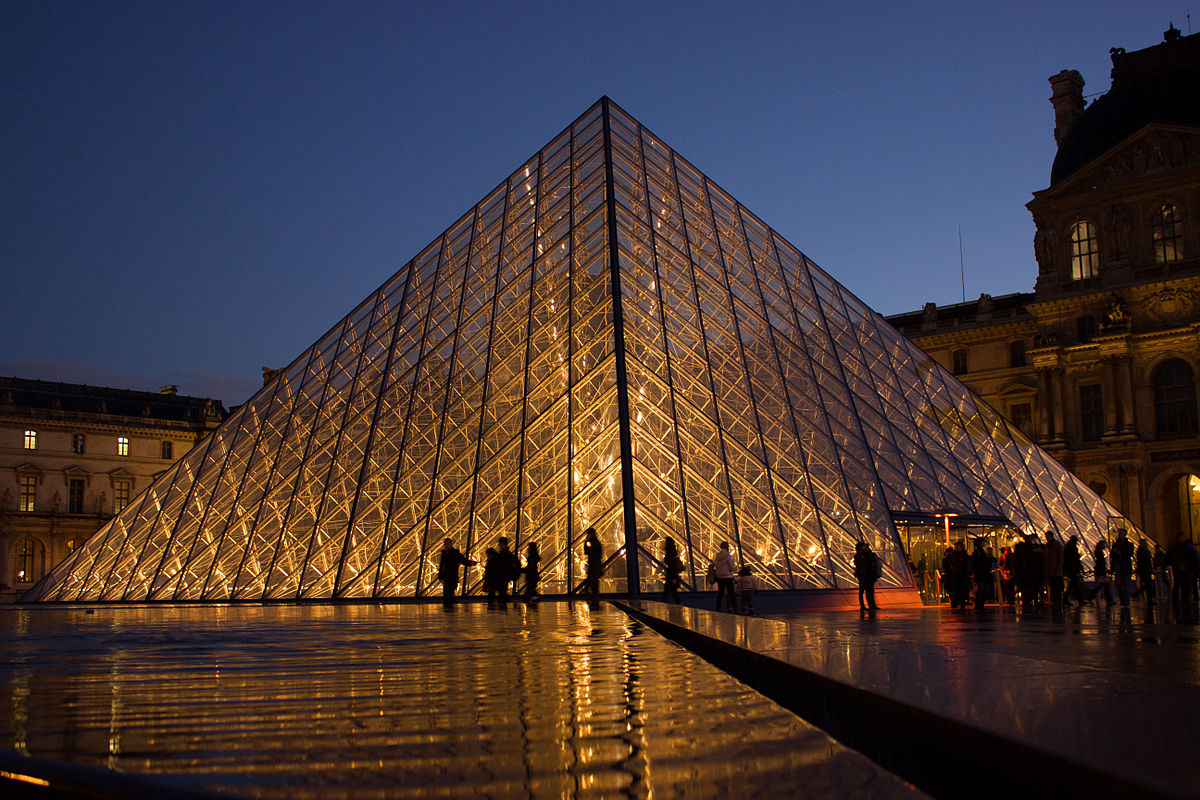
Because of the situation we’re being subjected to. Many museums do not allow entry to the public. That’s why they’ve chosen to organize their visits online
The Louver Museum is france’s public exhibition hall committed to both expressive arts, paleohistory and brightening expressions preceding Impressionism. It is situated in Paris, the capital of the country, in the previous imperial royal residence of the Louver. His broad assortments are the consequence of the gathering created by the French government more than a few centuries, to which was added the exertion of a few characters of The Enlightenment, the desamortizing work of the French Revolution, military triumphs during the Napoleonic wars, and archeological missions and buys advanced during the nineteenth century. Around 487,000 works are shown in its 210,000 m2, of which 7,000 are canvases, and somewhere in the range of 380,000 items and collectibles.
Click here to visit the museum online
Assortments
The assortments are appropriated more than five stories and three wings interweaved with one another. The Louver Museum contains in excess of 380,000 articles and displays 35,000 show-stoppers in eight offices:
Egyptian relics.
The office, containing in excess of 50,000 pieces, incorporates antiques from Nile human advancements going back to 4,000 a.m. C. to the fourth century AD.C. The assortment, among the biggest on the planet, depicts Egyptian life spreading over Ancient Egypt, the Middle Empire, the New Empire, Coptic workmanship and the Roman, Ptolemaic and Byzantine time frames.
Relics of the Near East.
The relics of the Near East, the second freshest division, goes back to 1881 and presents a review of early progress in the Near East and the «main settlements» before the appearance of Islam. The division is separated into three geological regions: Levante, Mesopotamia (Iraq) and Persia (Iran). The advancement of the assortment relates to archeological works, for example, Paul-Emile Botta’s endeavor to Khorsabad in 1843 and the disclosure of the castle of Sargón II. These discoveries framed the premise of the Assyrian exhibition hall, the harbinger of the current office.
Greek, Etruscan and Roman.
The Greek, Etruscan and Roman office displays pieces from the Mediterranean bowl dating from the Neolithic to the sixth century. The assortment goes from the Cycladic time frame to the decrease of the Roman Empire. This loft is one of the most seasoned in the historical center; started with the proper imperial workmanship, some portion of which was obtained under Francis I. At first, the assortment zeroed in on marble models, for example, the Venus de Milo. Works, for example, the Apollo of Belvedere showed up during the Napoleonic Wars, yet these pieces were returned after the fall of Napoleon I in 1815. In the nineteenth century, the Louver obtained works, for example, jars from the Durand assortment, bronzes, for example, the Borghese Cup from the National Library of France.